Office Work Arounds
Our son has an amazing gift – he’s super-efficient at problem solving. He always has been from the time he’s been little. One day when he was about 6, he desperately wanted to buy this small duck figurine at the store. I told him it wasn’t a good idea because he’d probably lose it, thereby wasting his money. He bought it anyway.
So what does he do after that? I hear pounding in his bedroom and when I looked in to see what he was doing, I found he had put the duck in a little sandwich bag and nailed the bag to the wall. He proudly turned to me and said, “Now I won’t lose it!”
While I smile and laugh at the memory of that sweet, resourceful little face, it reminds me that efficiency and problem solving happens on our teams with or without us. When the efficiencies happen without us, it’s called a work around. Work arounds typically happens when one team member doesn’t communicate or respond to the rest of the team, or when that team member responds to requests with grumbling, complaining or through a condescending attitude.
Over the years, I’ve heard many teams say things like, “We stopped including Owen in our process. He never answered our questions, or when he did, it felt so arrogant, we figured out what we needed without him.”
While we have all seen work arounds, it’s even more difficult to find we are the one being worked around. Here are some questions you can ask to see if you are the work around in your office:
- Am I surprised to find out we had a customer situation that I was unaware of?
- Do I feel out of the loop when it comes to what’s happening?
- Do people talk with me about the best way to fix something in our department?
- Has my team or other departments stopped interacting with me regularly?
If you answered yes to even some of these questions, you may want to examine how the team views you. Here are some things you can do to open the communication lines and be a vital part to the team (which is what we all want).
Find someone you trust and ask if and why people might view you poorly.
Identify the perceptions of those working around you. Did they find you unhelpful or rude? Did they think you took too long to respond?
Own your behavior and apologize with the promise to do better at the things that made you the work around to begin with.
Clearly plan steps for reversing the perceptions the other person has. For example, make a commitment to watching how you say something when asked to help. Ask for the other person’s timeline and try to honor their needs.
Living with work arounds is one thing. Being the work around is another. None of us wants either. Spend some time this week reflecting on what you can do to make everyone’s job easier and more productive by being the person you were hired to be – a vital, key member of your team, not a workaround.
Keynote speaker, trainer, and consultant, Sarah Gibson, helps organizations leverage the power of communication, teamwork and diversity to improve engagement and transform teams. To buy her book or inquire about her speaking programs, please visit www.sarahjgibson.com.



